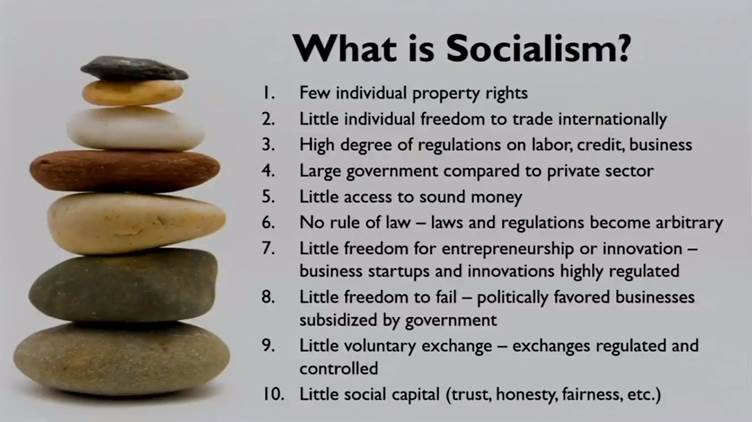Looking at actual Scandinavian tax facts one quickly understands that Scandinavia isn’t the ‘socialist’ paradise some American politicians claim it to be. It does have high taxes on its citizens. And they do tax to an extent Americans are unlikely to tolerate.
Who says so?
Mitchell Nemeth writes: The American people are more tax-averse than Europeans, especially Scandinavians. According to Pew Research, 53% of Americans say they pay “about the right amount” of tax, while 40% say they pay “more than their fair share.” Any American with a basic understanding of US history knows that America was founded precisely by those protesting over-taxation, taxation without representation, and an overly intrusive government.
In essence, the American ideal is a land governed by laws, not men. For this reason, America is different from other countries. Voters may, of course, shift their preferences toward the Scandinavian model, but before they come to that conclusion we should understand how these vast programs are funded.
Expectations
Many Americans expect corporate taxes and hefty income taxes on the wealthy, this is not the case. Scandinavian programs are funded largely by middle-income and upper-income individuals. Unlike American welfare programs, their cost is not hidden from the tax payer.
Scandinavia is a geographic and cultural region in northern Europe. It consists of Denmark, Norway, Sweden, and Finland. These four countries maintain vast welfare states by relying on similar systems of taxing and spending. Here’s how the Scandinavian tax rates are applied by country. The tax rates are supplied by PriceWaterhouseCoopers’s tax summaries:
Sweden:
Population: Roughly 10 million
National income tax rate: 25 %(top rate)
Municipal income tax rate: 32 %
Value-added tax rate:
25 % on “All other taxable goods and services”
12 % on “Some foodstuffs; non-alcoholic beverages; take away food; restaurant services”
6 % on “Domestic passenger transport; books; newspapers and some periodicals”
Denmark
Population: Roughly 6 million
National income tax rate: 15 % (bottom rate 12.16 %)
Municipal tax rate (average): 24.93 % on taxable income
Labor market tax rate: 8 % of personal income
Share tax rate: 27 %up to 42 % on share income
Vehicle registration tax rate: 100 %
Value-added tax rate:
25 % on “All other taxable goods and services”
0 %on “Newspapers and journals; intra-community and international transport”
Norway
Population: Roughly 5.3 million
Income tax rate: 22 % flat tax on general income
Bracket tax rate on personal income: Additional 1.9%-13.2%, depending on income
Social security tax rate: 8.2 %
Value-added tax rate:
25 percent on “All other taxable goods and services”
15 percent on “Foodstuffs and beverages”
12 percent on “Certain cultural and sporting activities; transport activities”
Zero % on “E-books”
Finland
Population: Roughly 5.5 million
National income tax rate: Between 6%-31.25%
Local income tax rate: Between 16.5%-22.5%
Social security tax rate: Between 6.75%-8.25%
Inheritance tax rate: Up to 19%
Value-added tax rate:
25 % on “All other taxable goods and services”
15 % on “Foodstuffs and beverages”
12 % on “Certain cultural and sporting activities; transport activities”
Zero % on “E-books”
Conclusion
Taken together, these taxes on personal income and on individual sales seem daunting. To those on the lower end of the income bracket, the benefits may outweigh the costs. To those in the middle of the income bracket, the costs are much more substantial than American progressive politicians lead voters to believe.
If America had Denmark’s tax brackets, someone earning $60,000 a year would be subject to the top 60% tax rate. That means if you gross $60,000. The government gets $36,000. You get to live on $24,000. What a deal. Are you feelin’ the Bern? Scandinavian tax facts tell us what we need to know.
